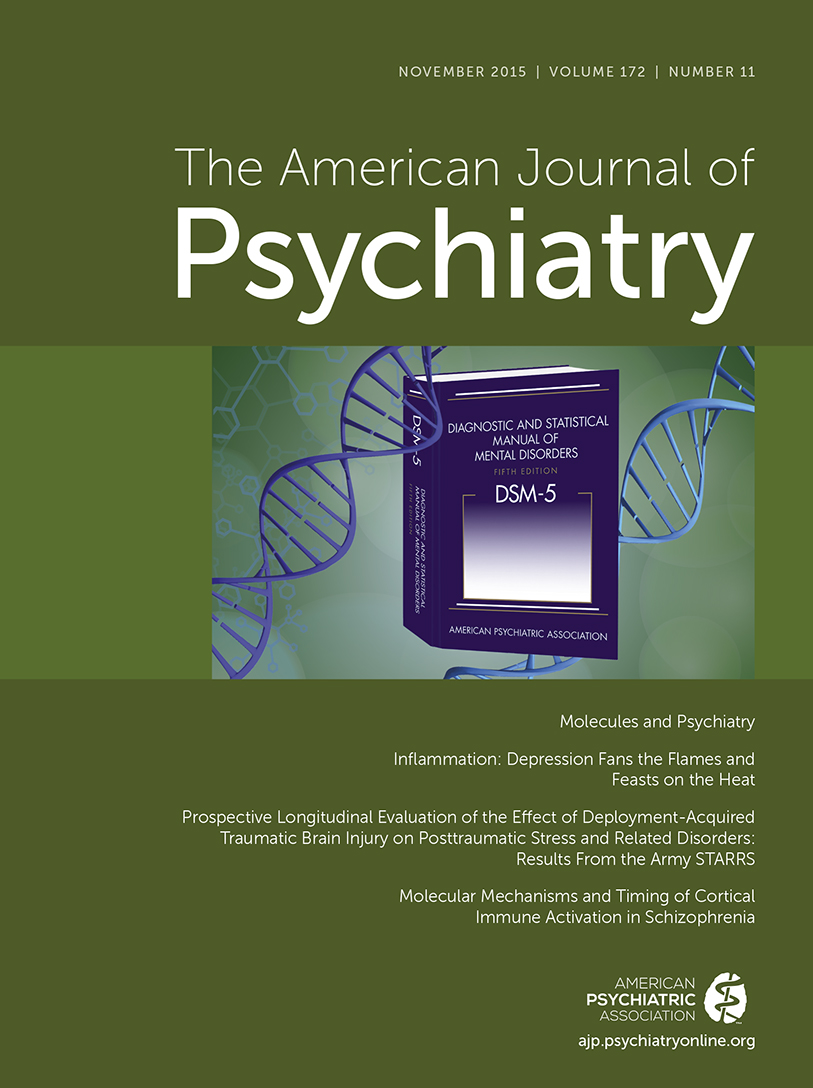As John Borneman, professor of anthropology at Princeton University, writes, “This book is an anthropological account of the attempt to rehabilitate child sex offenders through therapy, often accompanied by short-term imprisonment” (pp. 58–59). At times, the anthropological approach offers a fresh, different point of view on various topics. Some may remember Tanya Luhrmann’s book
Of Two Minds (
1), an interesting anthropological account of the modern-day psychiatry schism between brain and mind.
Similarly to Luhrmann, Borneman immersed himself into the topic of
his study, the rehabilitation of child molesters. Using various case studies, Borneman followed several offenders through the process of ritual rehabilitation—from accusation to arrest, admission to culpability, trial, imprisonment, treatment, release from prison, and social reincorporation or indefinite surveillance (p. 59). All of this took place in Germany, amid a society that is a bit more interested in helping perpetrators of child abuse than American society in general and psychiatry in particular. Actually, the DSM-5 classification deems this kind of rehabilitation impossible, as pedophilic disorder is the only paraphilic disorder that cannot achieve full remission (
2). As Borneman points out, the central problem in the rehabilitation of child molesters is the contradiction of medical and legal approaches—in medicine, child sex abuse or pedophilia is an illness and thus requires healing; in view of the law, it is a crime deserving punishment. “Medicine is about health and illness, law about innocence and guilt” (p. 58). In some countries there has been a shift from just punishment to rehabilitation. As a matter of fact, in Germany treatment has become “a legal right and duty” (p. 58).
Using what he calls ethnographic case studies supplemented by close reading of legal documentation and expert reports, Borneman comes close to assessing the psychic change in studied child molesters. However, he warns that these studies are limited because they can “respond only to the question of how and why treatment can be successful, not to the frequency of success or failure” (p. 95). He suggests that therapy can be successful and is often efficacious in rehabilitating child molesters. He also points out that psychiatry has a complicated role in the contemporary emphasis on rehabilitation. He continues that psychiatrists “do not make decisions about practice in social isolation but employ techniques in the context of huge incentives from the powerful pharmaceutical industry and under pressure from law enforcement agencies, in addition to demands from a public that tends to clamor for more security from and longer confinement for offenders. Nonetheless, the practices of contemporary psychiatry are not far afield from the cranial measurements of nineteenth-century criminal anthropologists; both share an appeal to biological causes and inherited conditions. According to this classificatory scheme, a psychic disorder cannot be expiated. It is located within the offender, who is incapable of believable transformation…” (pp. 218–219).
At the end of the book, Borneman also raises the question of whether all we have done for the protection of children has benefited society and is evidence of the march of social progress, and points out that security is not necessarily love.
Some may consider Borneman’s ideas controversial and unacceptable and would disagree with his views of our profession. Nevertheless, these ideas are thought provoking and perhaps appropriately questioning our attitudes toward child molesters (they are also patients!) and our role in their possible rehabilitation. That said, as Borneman points out, all this arises in the context of a rapidly changing Western (mostly European) sexual landscape: “increased taboos on touching, elimination of coming-of-age rituals for boys, effacing of distinction between children and youth, sexualization of young girls and children (or youth) generally, criminalization of some forms of male sexuality, decriminalization of prostitution and homosexuality, decrease in size of households, historic decline in rates and status of physical reproduction, disproportionately large aging populations, and a movement toward equality between same- and cross-sex intimacies coupled with a frequent withdrawal of men from the responsibility of raising children” (p. 73). Time for us to change, too?


